Plumes, Booms, and Brand Bruises
Arc’teryx’s Himalaya “homage” went from boom to gloom—an eco-stunt that lit the sky and torched the Chinese-owned Canadian brand
Arc’teryx meant to venerate the mountains. Instead, it detonated a lesson in how not to do marketing in China. On September 19, the Canadian outdoor label—owned since 2019 via Amer Sports by a consortium led by China’s ANTA Sports—co-produced a fireworks spectacle with the artist Cai Guo-Qiang on a Himalayan ridge in Gyangze, Shigatse. Two days later came the comedown: official apologies, government investigations, and official scorn—from Xinhua to People’s Daily. In the space of a weekend, “awe of nature” became an avalanche of blowback.
The timeline is damningly brisk. Videos of Cai’s 升龙 “Ascending Dragon” pyrotechnics raced across Chinese platforms on September 20. By the early hours of September 21, the Shigatse authorities announced an investigation and pledged to handle the matter according to law. Arc’teryx and Cai both issued statements of contrition the same day, promising third-party environmental assessments and “remedial action.” Promotional posts vanished. Reverence turned to recklessness in a single news cycle, and the brand discovered the difference between stunt and sin.
Know the code, not just the road. In China, “respect for nature” is not a tagline; it is policy doctrine. Anyone who has paid even cursory attention to Chinese politics over the past decade knows that environmental protection—especially in ecologically fragile zones like the Qinghai–Tibet Plateau—is a red line set by the top leader personally. Cross it, and you are not daring; you are delinquent, broadcasting cultural illiteracy with fireworks.
The party press did not mince words. Xinhua remarked that what exploded over the ridgeline was not just colored smoke but a collision between commercial logic and ecological ethics. People’s Daily added that apologies are insufficient without a transparent accounting of approvals, science-based impact assessments, and corrective action. When the two most authoritative outlets write from the same hymn sheet, a corporate mea culpa stops being branding and starts being a compliance plan. If Xinhua and People’s Daily frame your act as anti-ecological, you’ve graduated from PR management to political risk management. The question is no longer whether a performance was “moving,” but whether it was lawful, responsible, and aligned with political priorities that have been telegraphed for years.
Arc’teryx’s first defense leaned on the usual crutches: “biodegradable materials,” “site cleanup,” “livestock relocation,” and the promise of third-party verification. That rhetoric wilts at altitude. The Plateau is not a vacant stage but one of the planet’s most sensitive high-mountain ecosystems; low temperatures, aridity, and weak biological activity mean that what is “biodegradable” in Guangzhou can linger for seasons at 4,500 meters. Shock and noise, laundered through art-speak, still stress wildlife and degrade alpine soils that take decades to recover. You can clear confetti; you cannot reset a biome on a press release.
This is where the brand’s crampon slipped. Outdoor labels sell humility: leave no trace, respect the wild, tread softly. Sponsoring an explosives-driven installation on the “Third Pole” and then waving paperwork was not just off-brand, it was anti-brand. The core customer—a hiker who cherishes quiet and habitat—hears the boom and thinks “stress response,” not “brand genius.” The mismatch is existential. If you monetize mountains, you must also mind them. Arc’teryx tried to buy awe and rented outrage instead.
Worse, the episode migrated from image to operations. Once state media demanded answers and local officials dispatched investigators, the risk moved from social-media sentiment to administrative process: findings to issue, obligations to execute, remediation to fund. Then the lens widened. Chinese consumer reporters resurfaced a dossier of quality complaints—thousands of entries on a national grievance portal alleging delamination, peeling logos, and pricey footwear splitting at the flex within weeks. Financial pages noticed rumblings of returns and a perceived split-screen between the domestic and overseas apologies. In China’s retail politics, dual scripts read as double standards. A fireworks fracas became the bridge along which simmering distrust marched straight into the store.
To be fair, the substantive differences between the Chinese and English statements were minimal; the divergence was more tonal than textual. But in a climate of growing suspicion that companies say one thing to Chinese consumers and another to foreign audiences, even a hint of discrepancy becomes Exhibit A. Call it nit-picking if you like—but in China’s brand battlefield, nit-picking is nation-picking, and the burden falls on the company to leave no hairline cracks for critics to prise open.
Ownership compounds the irony. Arc’teryx trades on Canadian romance, but its ultimate parentage sits in China. That does not make the company a villain; it does make it accountable to the sensibilities of the market in which it is now deeply embedded. “We didn’t realize” is a flimsy line from a firm whose shareholder base reads the same newspapers as the regulator. If you benefit from Chinese growth, you inherit Chinese guardrails—especially around ecology, a priority stitched into national strategy, not incidental to it.
Cai Guo-Qiang is no naïf; he has fused gunpowder with grandeur from the Olympics to “daytime fireworks” across coastal skylines. But context is content. What reads as poetry over a harbor looks like vandalism on a high-altitude meadow. Edible-grade pigments do not erase explosive force, and a biodegradable claim is not a biosafety certificate at 5,000 meters. There is a moral hierarchy to places. Cities tolerate spectacle because they are built for it. The mountains do not need an encore.
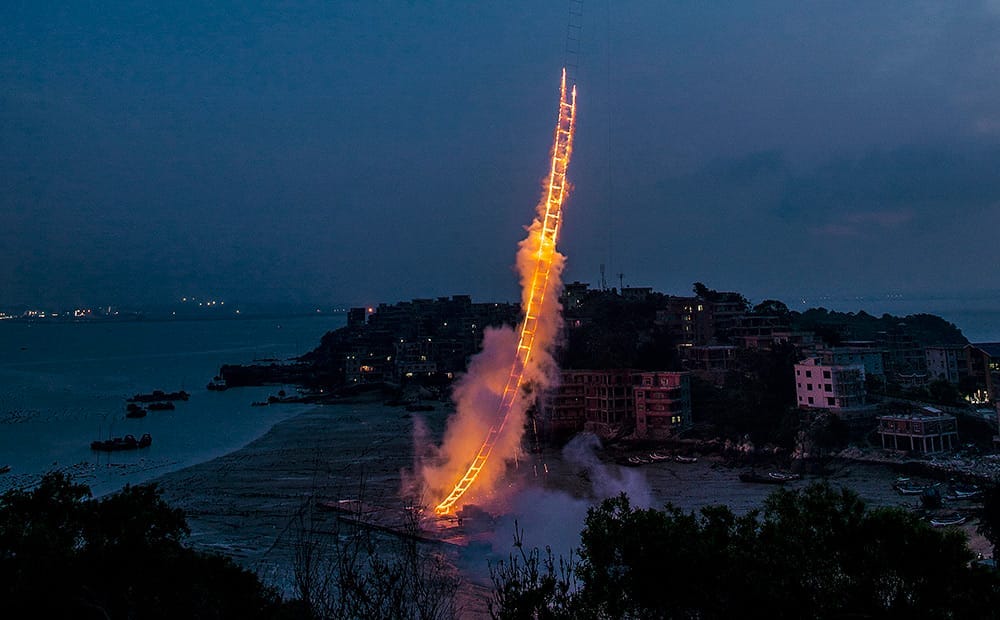
The lessons are brutal and obvious. First, place trumps paperwork: the right permits in the wrong location still look wrong. Second, one brand needs one voice: harmonize domestic and international messaging before critics harmonize it for you. Third, green that gleams must be green that is seen to be true: produce biome-specific science up front, not airy assurances after the fact. Fourth, art is an accessory, not an alibi: never outsource your ethics to a contractor in love with ignition. Fifth, understand that in China reputational shocks convert quickly into regulatory scrutiny, which then bleeds into sales; the PR plume becomes a P&L bruise.
There is also a hierarchy of respect. Ordinary urbanites face strict curbs on fireworks. The spectacle of capital claiming a carve-out on the roof of the world offends both environmental sense and social fairness. That is why this story broke through the noise: it married ecology with equity. People were not merely angry at the smoke; they were insulted by the entitlement.
Arc’teryx now promises third-party assessments, remediation, and investment in local conservation. Those are the right verbs, but they will be judged by nouns: data, penalties, timetables. The company sells “awe” as a lifestyle; the moment demands “audit” as a discipline. Less boom, more broom; less plume, more proof. That is how you make contrition credible in a market where the press can summon policy, and policy can summon inspectors.
There is a final irony the brand’s fossil logo cannot outrun. The Archaeopteryx perished amid environmental change it could not master. A company that trades on the romance of deep time should know better than to mock deep ecology with shallow spectacle. The wild does not need your noise to be sublime. In the mountains, the law of brands is simple: if you play with fire, prepare to carry the water. (Enditem)


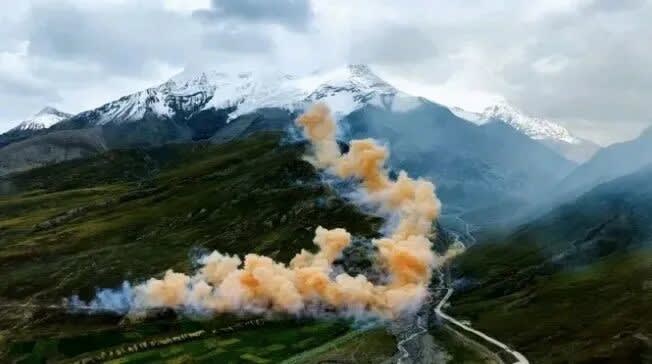
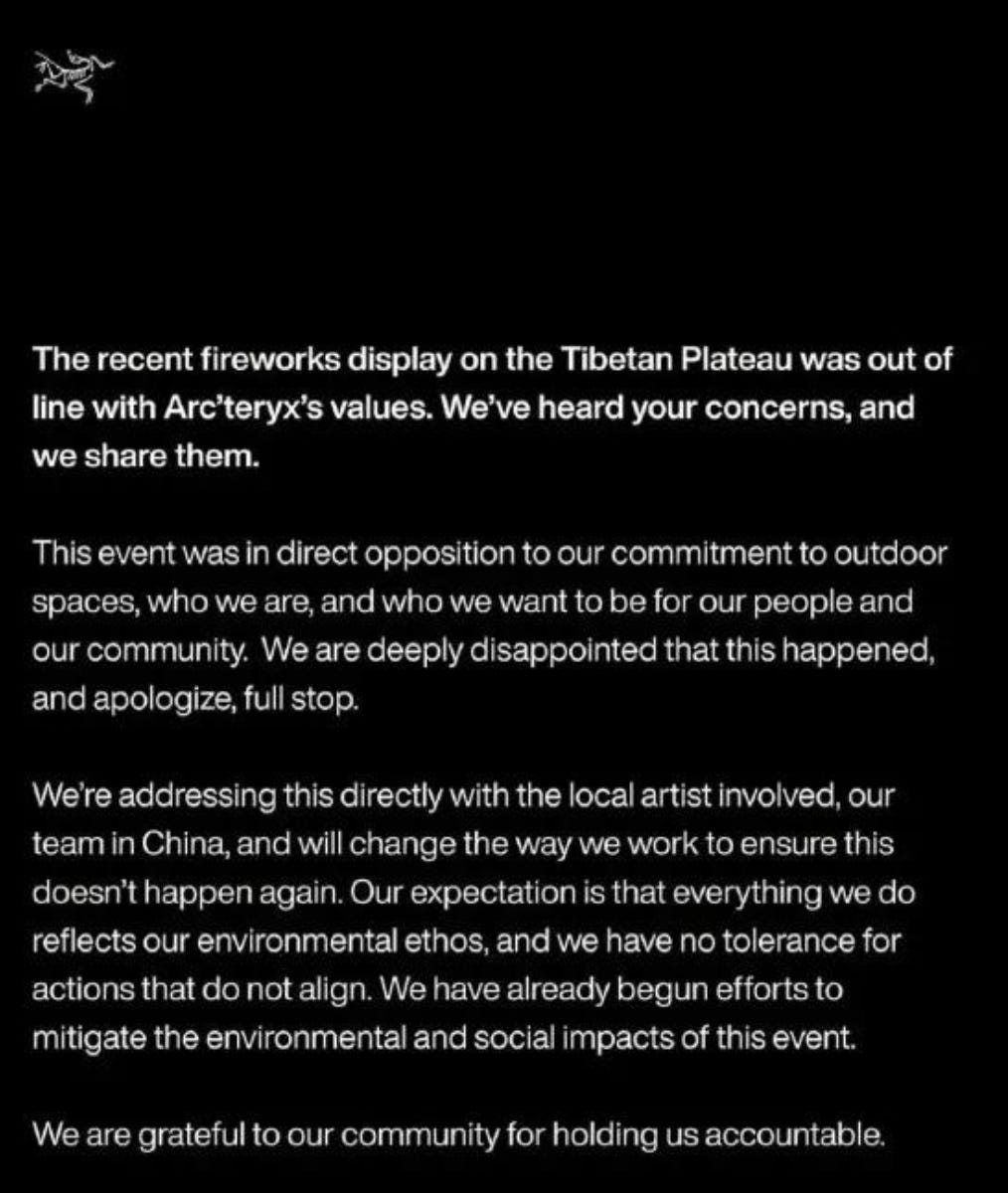
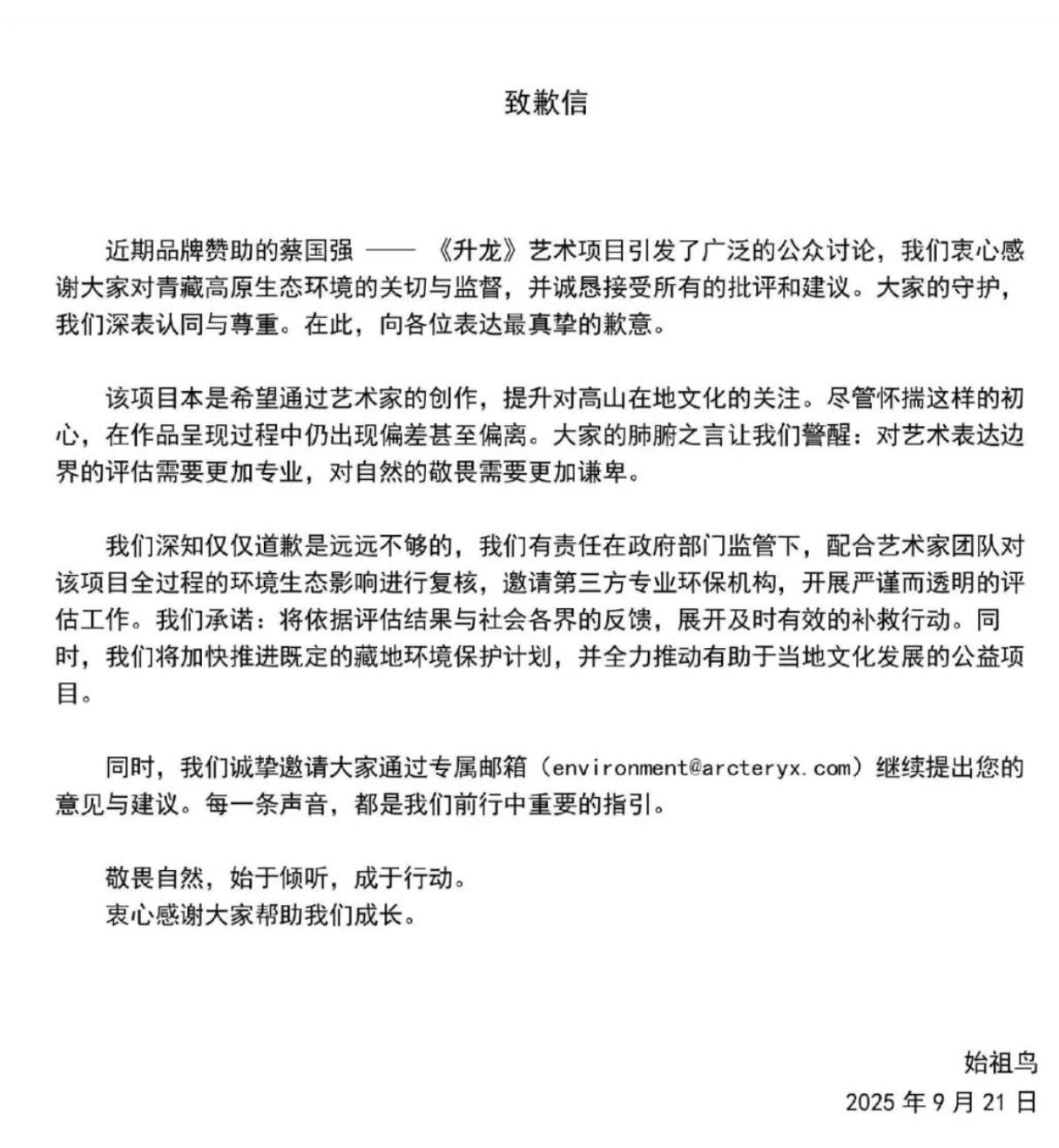
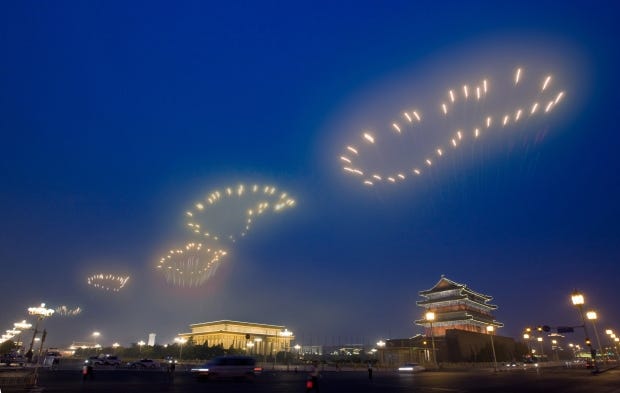

This is a fascinating article, as I had not previously associated Chinese policy doctrine with environmental protection. I wonder how this policy stance meshes with ongoing environmental issues in China such as urban air quality, overfishing, etc?